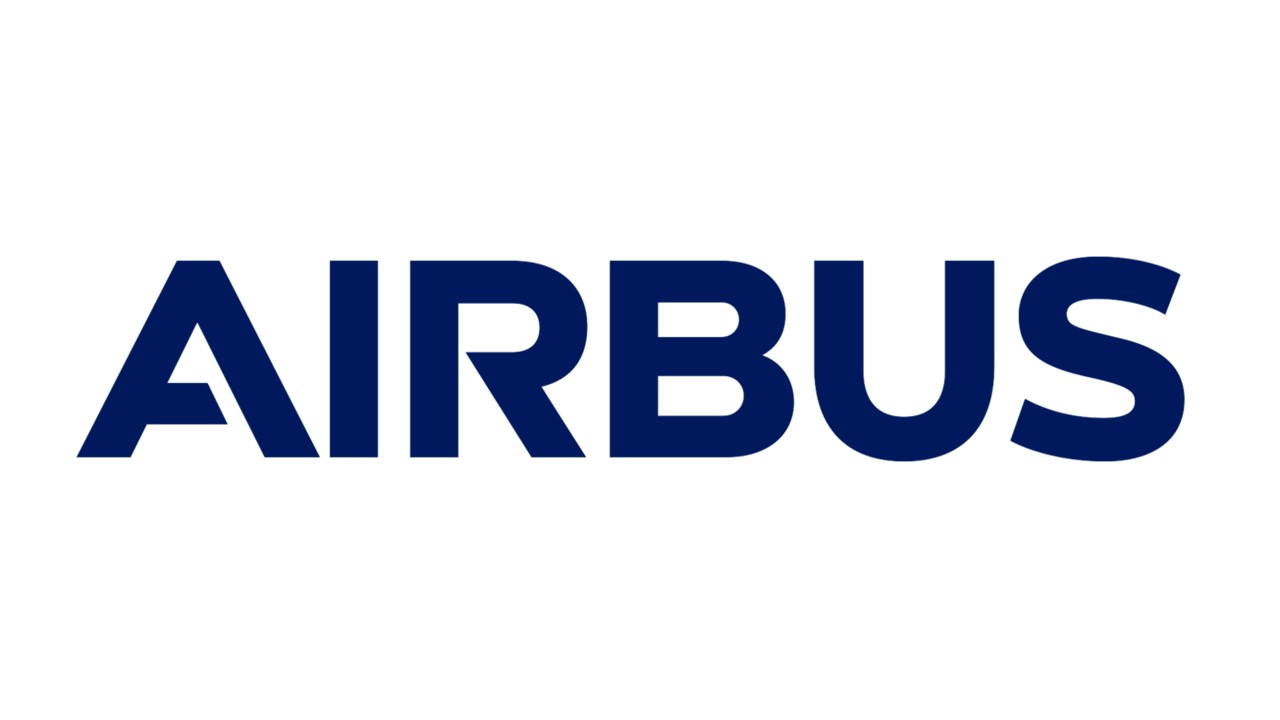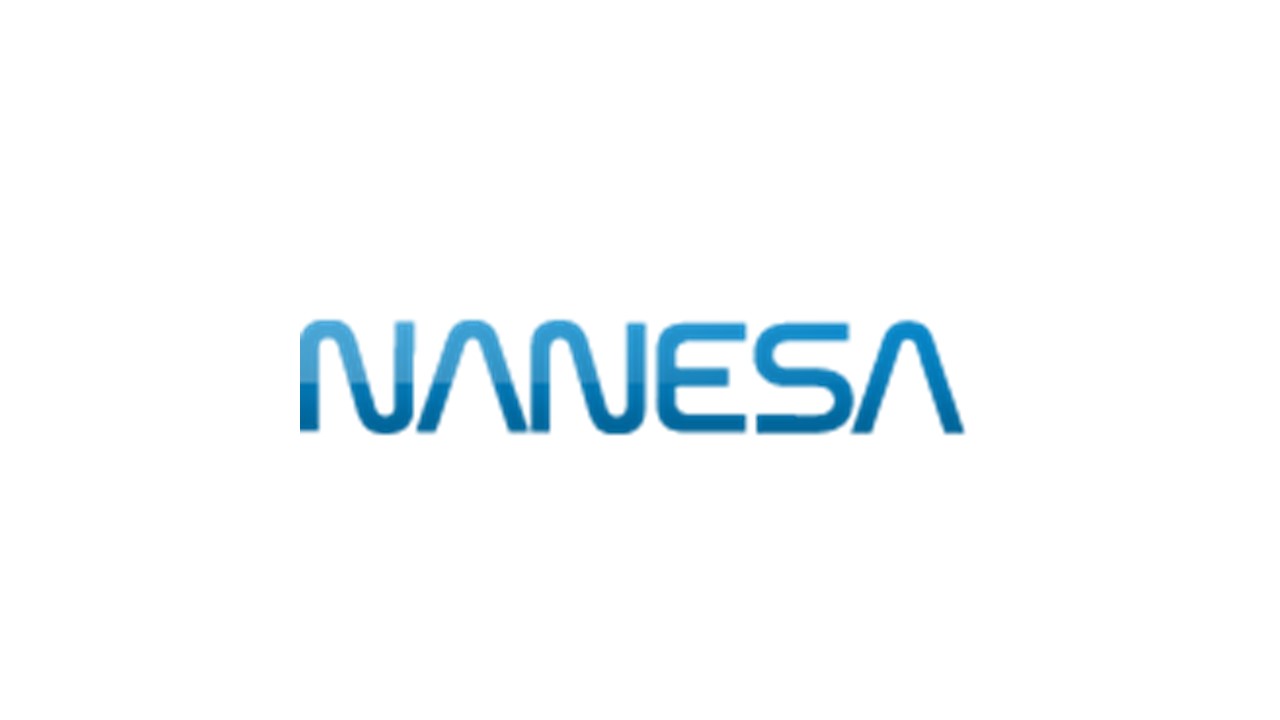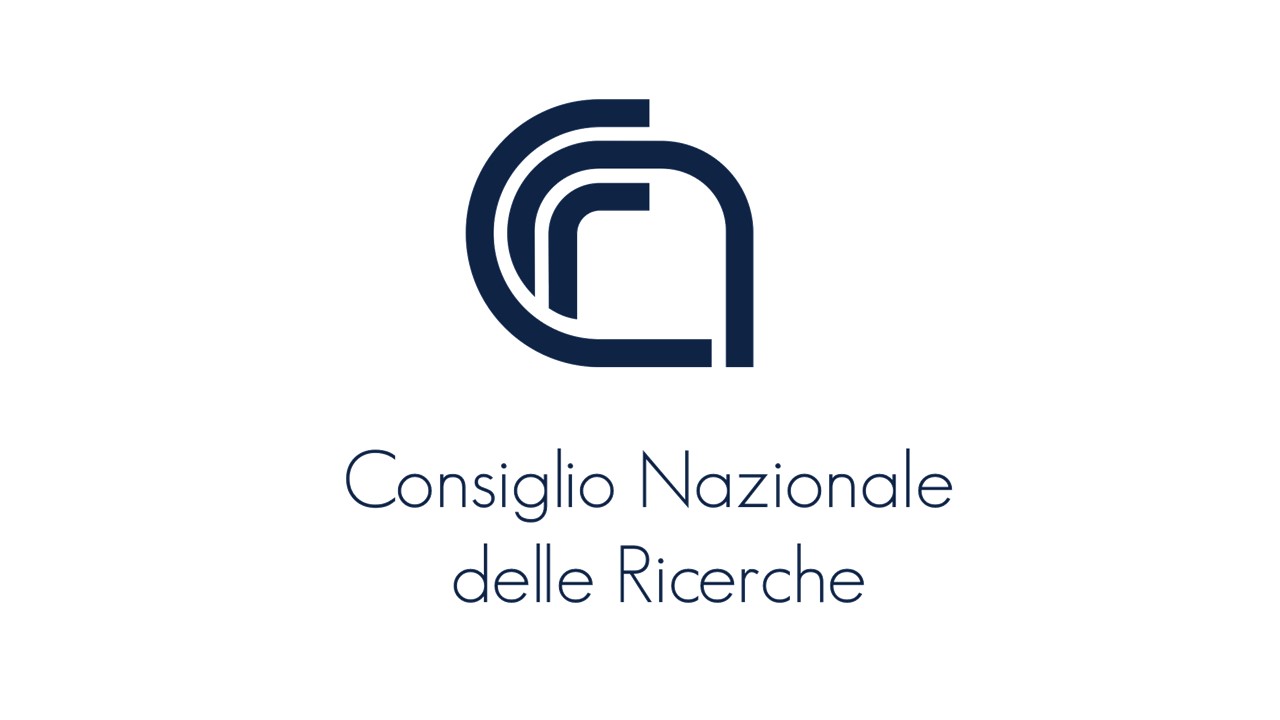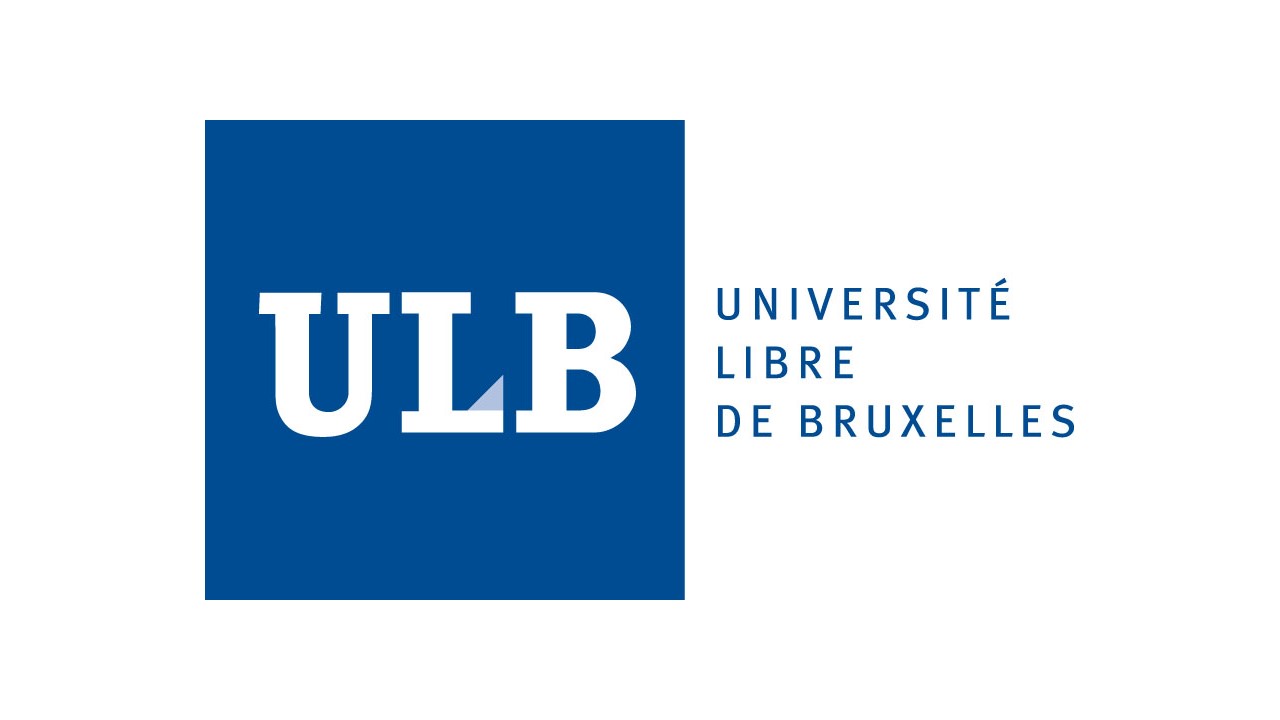GICE Spearhead Project
Graphene advantages include flexibility , low weight, reduced thermo-mechanical stress, and higher efficiency with lower power consumption.
GICE Spearhead Project Leader
GICE: Airbus leads 'Spearhead Project' to produce safer aircrafts
Ice accumulation on the wings, propellers and other aircraft surfaces can be extremely dangerous, and graphene-based de-icing systems can offer an alternative low-weight, highly efficient and flexible solution. Graphene is an ideal material to keep aircraft parts ice free, without affecting aerodynamic properties. Easy-to-integrate and versatile electrothermal technology for ice protection systems will play a major role in next-generation aeronautical products, like wings, rudders, rotor blades, air inlets, antennae and windshields.
The graphene-based thermoelectric ice protection system (GICE) Spearhead Project is set to advance graphene-based ice protection technologies to high technology readiness levels (TRLs). GICE aims to produce three demonstrations for specific applications, tailored to the needs of GICE’s industrial partners, primarily Airbus and Sonaca: a slat for large aircraft, a rotor blade for helicopters and an air inlet.
Airbus is the largest European aerospace OEM and Sonaca is a strategic tier-1 supplier of components for Airbus, providing the ideal launch pad for the commercialisation of graphene-based ice protection systems.
"Thermoelectric ice protection technologies currently under investigation are based on carbon black, carbon rovings, carbon nanotubes, or metallic heating wires," explained Fabien Dezitter, Icing expert at Airbus and GICE leader. "They all have advantages and disadvantages with respect to each other, but we expect that the graphene-based solution proposed by GICE could bundle most advantages of all thermoelectric solutions.
"Advantages of graphene include flexibility of integration into complex 3D structures, low weight, reduced thermo-mechanical stress during heating cycles, higher efficiency with lower power consumption, no oxidation and chemical inertness and facile integrability into carbon fibre reinforced polymers, thermoplastics, or glass fibre reinforced polymers."
Graphene in these systems also enables precise control of heat generation to ensure the ice protection system is always at its optimum performance. These beneficial properties will help the GICE project improve the technology readiness of graphene in ice protection systems, with the final product based on the knowledge generated in the manufacturing of three demonstrators for real use cases, moving toward safer and environmentally friendlier flights.
Qualification and certification processes for new technologies in the aerospace sector are slow, which is why the GICE project endeavours to bring graphene ice protection systems up to technology readiness level six — with a system prototype demonstration tested in an icing wind tunnel by the end of the Spearhead Project in 2023.

Discover more about AEROGRAFT
Discover more about AEROGRAFT, their 2020 highlights and plans for the future in our latest Annual Report

Meet our Aeronautics Champion, Elmar Bonaccurso
Discover the potential of graphene and related materials make aviation cleaner and greener.












